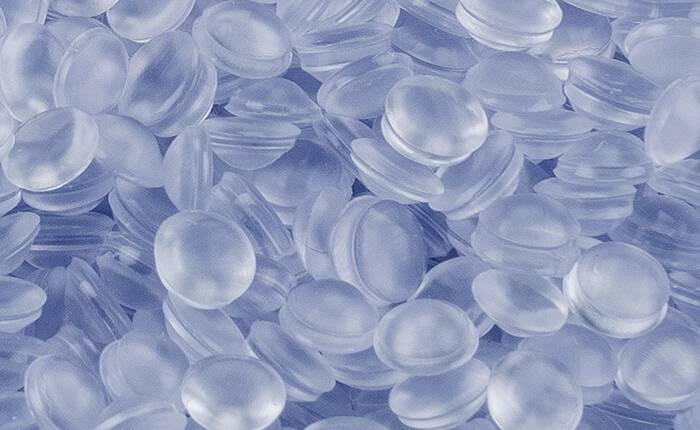Novemba . 30, 2024 04:25 Back to list
Cost Analysis of HDPE Pipe for Various Applications and Projects
Understanding HDPE Pipe Costs Factors and Considerations
High-Density Polyethylene (HDPE) pipes are widely recognized for their durability, flexibility, and resistance to corrosion, making them a popular choice in various industries including water supply, sewage, and industrial applications. However, one crucial aspect that stakeholders often consider is the cost associated with HDPE pipes. This article delves into the factors influencing HDPE pipe costs, helping decision-makers understand how to budget effectively for their projects.
1. Material Costs
The primary factor affecting the cost of HDPE pipes is the raw material itself. The price of polyethylene, the core material used to manufacture HDPE pipes, fluctuates based on market demand and supply conditions. For instance, if there’s a surge in oil prices, since polyethylene is derived from petrochemicals, the price of HDPE can increase. Additionally, the grade of HDPE used—commonly classified as PE-63, PE-80, and PE-100—can impact costs; higher grades may offer increased strength and pressure tolerance, but they also come with a higher price tag.
2
. Pipe SpecificationsThe specific dimensions and features of HDPE pipes also play a significant role in determining costs. Pipes are manufactured in various diameters, wall thicknesses, and lengths. Larger diameter pipes typically require more material and, consequently, lead to higher costs. Furthermore, if the project requires specialized pipes (such as those with increased wall thickness for high-pressure applications), expect additional costs not only for the material but also for the specific manufacturing processes involved.
3. Manufacturing Processes
The method of manufacturing HDPE pipes can significantly affect prices. There are several techniques, including extrusion and co-extrusion, which might vary in cost based on complexity and required equipment. Innovative manufacturing techniques, while yielding stronger or more flexible pipes, may introduce additional expenses. For instance, pipes designed to be more resistant to environmental stress or specific chemical exposures might undergo additional treatments, further increasing production costs.
4. Transportation and Logistics
hdpe pipe cost

Once manufactured, the logistics of transporting HDPE pipes to the job site must be taken into account. Due to their bulkiness and weight, transporting HDPE pipes can incur substantial shipping costs, especially if the pipes need to be delivered over long distances. Companies might try to reduce these costs by sourcing pipes locally or from regional manufacturers, but this approach needs careful planning to ensure the right specifications and quantities are met.
5. Installation Costs
Another often-overlooked aspect of HDPE pipe costs is installation. While HDPE pipes are generally easier to handle than traditional materials like concrete, installation still requires skilled labor and proper equipment. The cost of trenchless technology, for example, can add to initial expenditure but save time and potential disruption in populated areas. Moreover, the required fittings, connectors, and other accessories will add to the overall cost of installation.
6. Maintenance and Longevity
Investing in HDPE pipes can save costs in the long run due to their durability and low maintenance needs. Unlike metal pipes, which can corrode over time, HDPE pipes are resistant to various chemicals and environmental factors. While the initial investment might seem high, the reduced need for repairs and replacements over an extended service life can make HDPE pipes more cost-effective.
7. Local Market Conditions
Finally, the local market conditions can have a substantial effect on HDPE pipe pricing. Competition among suppliers, regional demand, and the presence of tariffs or trade restrictions can all influence the final price a buyer pays. Conducting thorough market research is essential for understanding the dynamics at play and for obtaining the best pricing.
Conclusion
In summary, while the costs associated with HDPE pipes can be influenced by numerous factors—including material prices, specifications, manufacturing processes, transportation, installation, maintenance, and local market conditions—understanding these elements can help industry professionals make informed decisions. By carefully analyzing these variables, stakeholders can ensure that they are obtaining high-quality HDPE pipes at a competitive price, ultimately contributing to the success of their projects.
-
Premium Glossy PP Rigid Sheet – Durable & Versatile
NewsAug.07,2025
-
High-Quality HDPE Sheet | Durable Plastic Panels
NewsAug.06,2025
-
High-Precision PVC Rigid Sheets for Vacuum Forming | AI-Optimized
NewsAug.05,2025
-
Durable PVC-M Water Supply Pipes | 60-Year Life
NewsAug.04,2025
-
Premium HDPE Water Supply Pipes: Durable & Leak-Proof
NewsAug.03,2025
-
Premium PVC-M Water Supply Pipe - Durable & Efficient
NewsAug.02,2025

